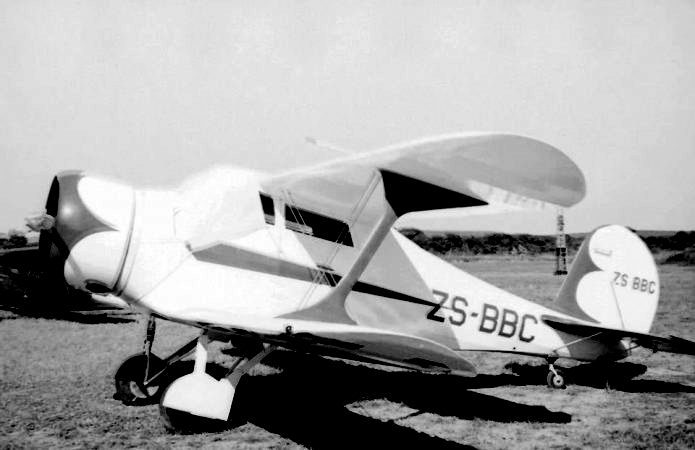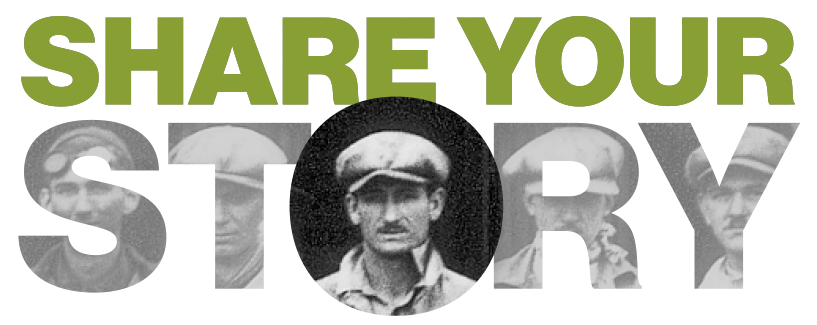As the cold, Kansas prairie winds whipped Wichita, Kansas, with frigid temperatures day after day, Walter H. Beech was busy in his warm office puffing gently on his Dunhill pipe and contemplating who to send on a special mission to South Africa. After selling only one airplane in the past two years, Walter was pleased that sales of the new Model B17L were increasing as America began a slow recovery from the vicious economic depression that had gripped the nation since 1929.
Mr. Beech, however, paid little attention to the inclement weather. Instead, he was making plans to slowly increase production to meet growing demand for Beechcraft biplanes in North, South and Latin America, and he increasingly sought to expand sales in the international marketplace. When it came time to ship B17L-18 (registered ZS-BBC) to its owner in South Africa, Walter chose Opie K. Swope to accompany the airplane and deliver it to Captain Otto Thanning.

The cabin biplane was equipped with a number of options including three additional fuel tanks, a large-capacity oil tank for the Jacobs R-755 static, air-cooled radial engine, and a complete set of Sperry gyroscopic flight instruments. The optional fuel tanks would provide the Beechcraft with a nonstop, zero-wind range of up to 1,500 statute miles—a phenomenal capability for a small, lightweight aircraft at that time. Beech informed Swope that although his primary objective was to safely deliver the airplane to Thanning, he was also to make every effort to secure new orders for Beechcraft airplanes in the country.
After the B17L was carefully packed into shipping crates it was secured as deck cargo on the steamship S.S. West Cauthorn for the month-long voyage from New York City to Cape Town, South Africa. After arrival, the airplane was unpacked and assembled under Swope’s close supervision at the Wingfield Aerodrome near Cape Town. The Beechcraft soon drew a lot of media attention, with newspapers claiming it was “an American four-seater of the luxury touring type” and hailed it as the “fastest and most modern airplane yet registered in South Africa.”
Not surprisingly, pilots were very impressed by the airplane’s retractable landing gear. Reporters who witnessed Swope’s test flights wrote that, “With the wheels retracted, the Beechcraft gives the impression of flying upside down and it is impossible for anyone not to admire her graceful lines while in flight.” Satisfied that the B17L was ready for delivery, Opie took off on a long-distance aerial trek northward to Johannesburg where he officially delivered the biplane to Captain Thanning.
While Swope was in South Africa he wrote to his parents in Wichita that he had been treated with “…the utmost hospitality by the people” and that the airplane’s presence and performance helped Opie’s sales efforts. He was such a good salesman that he was offered a job by officials of the Roger Jenkins Company that functioned as Thanning’s agent to acquire the Beechcraft. Opie did consider the offer but declined. His mission accomplished, he boarded a transport for the long voyage back to America and Wichita.

 Back
Back